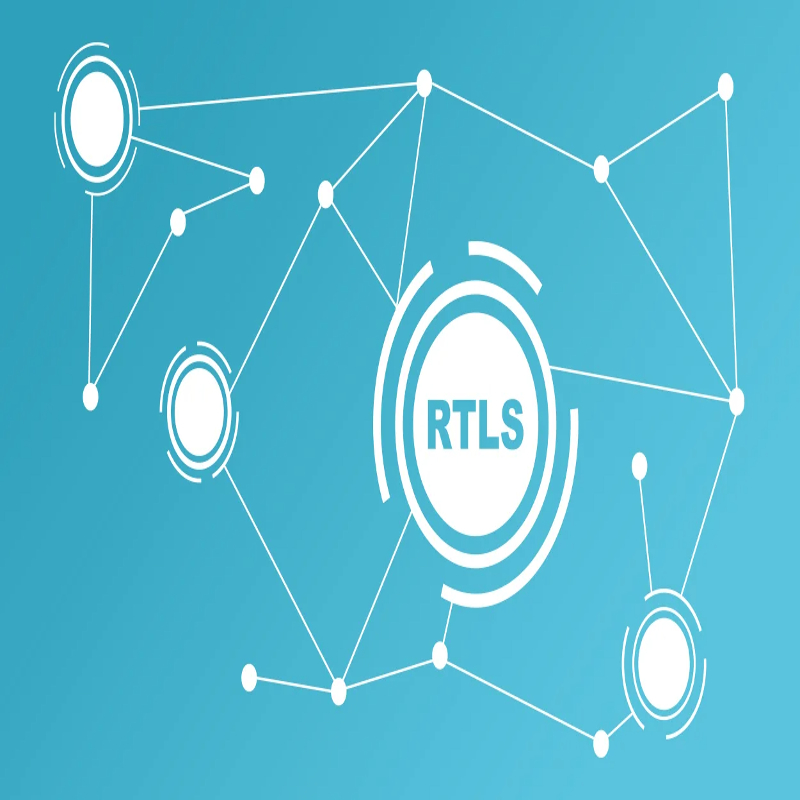Navigating the Future with Real-Time Location Systems (RTLS)

In our increasingly interconnected world, the need for real-time information has become paramount. Whether it’s for logistics, healthcare, or industrial applications, having accurate and up-to-the-minute location data can be a game-changer. Real-Time Location Systems (RTLS) have emerged as a revolutionary technology that provides real-time visibility and tracking, making them a vital component in a wide range of industries. In this blog, we will explore the concept of RTLS, its applications, technologies, and the potential it holds for the future.
What is RTLS?
RTLS stands for Real-Time Location System, a technology that allows organizations to track and manage the real-time location of assets or people. It provides precise, up-to-the-minute information about the whereabouts of objects or individuals within a predefined area. RTLS leverages various technologies and communication methods to provide accurate and timely location data.
Key Components of RTLS
- Tags/Transponders: These are small, battery-powered devices that are attached to objects, equipment, or individuals. Tags can use a variety of technologies, including RFID (Radio-Frequency Identification), Bluetooth, Wi-Fi, or Ultra-Wideband (UWB), to communicate their location data.
- Anchors/Readers: Anchors or readers are stationary devices strategically placed throughout the area where tracking is required. They communicate with the tags and relay their location information to the RTLS system.
- RTLS Software: The software is the central component that processes and visualizes the data collected from tags and anchors. It often includes features like real-time mapping, historical tracking, and analytics.
Applications of RTLS
- Asset Tracking: RTLS is used to track and manage assets in various industries, including manufacturing, logistics, and construction. It helps improve asset utilization, reduces loss or theft, and enhances overall operational efficiency.
- Healthcare: RTLS is widely adopted in healthcare for tracking equipment, patients, and staff. It can help reduce wait times, streamline patient flow, and improve the overall quality of care.
- Safety and Security: RTLS can enhance safety and security in facilities by monitoring access, tracking personnel in emergency situations, and managing visitor movements.
- Retail: In the retail sector, RTLS enables businesses to optimize store layouts, monitor customer traffic, and reduce inventory shrinkage.
- Transportation and Logistics: RTLS can help streamline the tracking of shipments, containers, and vehicles, improving supply chain management.
Technologies Behind RTLS
- RFID: Radio-frequency identification relies on electromagnetic fields to communicate between tags and readers. RFID is widely used for asset tracking and inventory management.
- Bluetooth: Bluetooth Low Energy (BLE) is commonly used in indoor positioning systems. It is cost-effective and provides precise location information for various applications.
- Wi-Fi: Wi-Fi-based RTLS leverages existing wireless networks to provide location data. It is suitable for larger indoor areas and offers good accuracy.
- Ultra-Wideband (UWB): UWB technology provides high accuracy and is used in applications where precision is critical, such as locating items in complex manufacturing environments.
The Future of RTLS
As technology continues to advance, the future of RTLS holds great promise. Some key trends and developments to watch out for include:
- Integration with IoT: RTLS systems will increasingly integrate with the Internet of Things (IoT) to provide a more comprehensive view of connected devices and their location.
- Enhanced Precision: Advances in UWB and other technologies will lead to even more precise tracking capabilities.
- Wider Adoption in Smart Cities: RTLS will play a crucial role in the development of smart cities, aiding in traffic management, public safety, and urban planning.
- Healthcare Innovations: In healthcare, RTLS will continue to evolve, helping to optimize resource allocation, enhance patient care, and improve overall hospital efficiency.
Conclusion
Real-Time Location Systems have already made a significant impact in various industries by providing real-time visibility and tracking capabilities. As technology continues to advance, RTLS will become even more integral to the way we manage assets, provide healthcare, ensure safety, and optimize logistics. The future of RTLS holds great potential for revolutionizing the way we navigate and manage our interconnected world.
